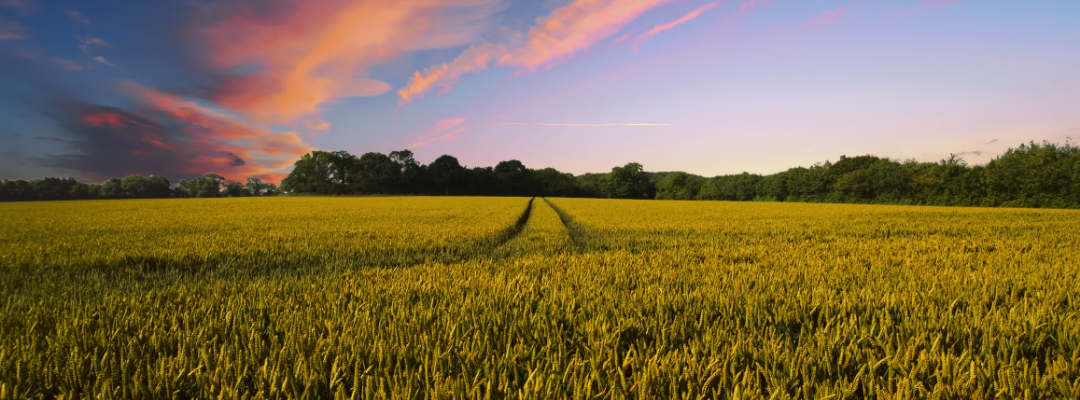While inflation is an immediate challenge to all economic stakeholders, the kind of broad-based inflation currently affecting the economy also raises the prospect of higher interest rates. Rising interest rates are a significant risk for anyone regularly using short & intermediate term and/or variable rate financing, which includes a large portion of agricultural operations.
Although rates remain low from a historic perspective, the U.S. weekly average 30-year fixed mortgage rate hit 5.25% in mid-May for the first time since 2009 (St. Louis Federal Reserve Bank). The US bank prime loan rate is averaging 4.0%, rising from 3.25% in step with the Federal Reserve Board’s recent increases in the federal discount rate. The discount rate is the rate commercial banks pay on short term loans from their regional Federal Reserve Bank. As a monetary policy tool, the Federal Reserve Board of Governors raises the discount rate as a means of curbing inflationary pressure in the economy. See Southern Ag Today – April 5, 2022 for a brief discussion of Fed policy tools. Figure 1 compares a measure of inflation (year over year percentage change in monthly consumer price index) to the federal discount rate, clearly illustrating the relationship between the two series.
Figure 1. Inflation (Year-Over-Year Percentage Change in Monthly CPI) versus Federal Discount Rate

When the pandemic broke out in March 2020, the Fed dropped the discount rate from 2.25% to 0.25% to bolster an economy that hit an abrupt wall. In the next year, inflation began to climb but remained acceptably under 2% until early 2021. Throughout 2021, the rapid rise in prices was thought (hoped) to be transitory, meaning prices would settle back to normal as temporary market and supply chain disruptions eased. Now clearly not transitory, the Fed is engaging interest rates to tap the brakes on inflation. In March, the Fed increased the discount rate by a quarter of a percent from 0.25% to 0.50% and followed that with a half point increase in May, moving the discount rate to 1.0%. Looking ahead, the Fed has projected an intention to use half point rate hikes at consecutive meetings over the next year, presumably until they begin to see an impact on inflation.
What level of interest rates are necessary and how long will it take to tame inflation? Can the Fed manage inflation and avoid pushing the economy into deep recession? What is the economic and political tolerance for higher interest rates?
The last time inflation was at levels comparable to today, interest rates were exceptionally high. The bank prime rate exceeded 20% in 1981. It is difficult to imagine similarly high rates today. The federal budget implications of higher rates are far different now than forty years ago. In 1982, federal government outlays for interest totaled $85 billion against a total debt obligation of $1,120 billion. That implies an average interest rate on federal debt of 7.59%, the highest at any time in the last fifty years. Those 1982 federal interest payments amounted to about 2.5% of nominal gross domestic product (GDP). In comparison, 2020 federal interest payments were $344 billion against total debt of $26,098 billion, an implied average interest rate of just 1.32%, and only 1.6% of nominal GDP. Historically low interest rates over the last decade have clearly softened the impact of high federal debt levels on the federal budget. For context, consider what federal interest payments would be on current debt levels at 1982 interest rates. At an average interest rate of 7.59%, 2020 federal outlays for interest would have been $1,981 billion, equivalent to an unsustainable 9.5% of total GDP. In the post-WWII era, federal outlays for interest have only rarely exceeded 3% of GDP, hitting a high of 3.15% in 1991. The current level of federal debt suggests far less policy room to maneuver in response to rising inflation compared to the early 1980s. The aggressive interest rate hikes that ultimately tamed inflation then would be far more expensive now for both the federal government as well as individual households. Effectively, economic policy makers are caught between the rock of inflation and the hard place of higher interest rates.
Economic uncertainty, inflation, and high interest rates present serious challenges for managers. On a positive note, the financial situation in agriculture is better and should be more resilient to potential shocks compared 40+ years ago, and the likelihood of a 1980s-style farm sector implosion remains remote. However, it is no time to get complacent. In changing financial markets, shop for your best interest rates and terms. Ruthlessly control costs (to the extent you have control), take profits when (if) they appear, jealously guard equity, and build your individual financial resilience.
Anderson, John D., and Steven L. Klose. “Inflation and Interest Rates.” Southern Ag Today 2(23.3). June 1, 2022. Permalink





